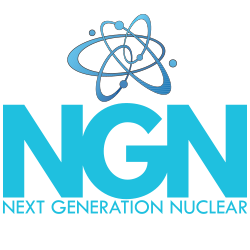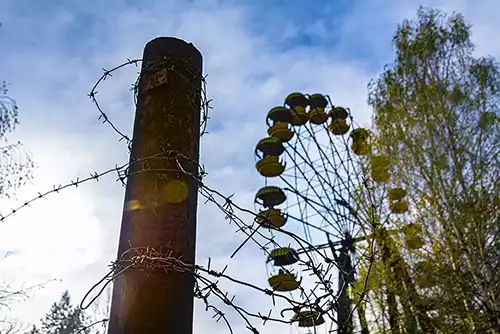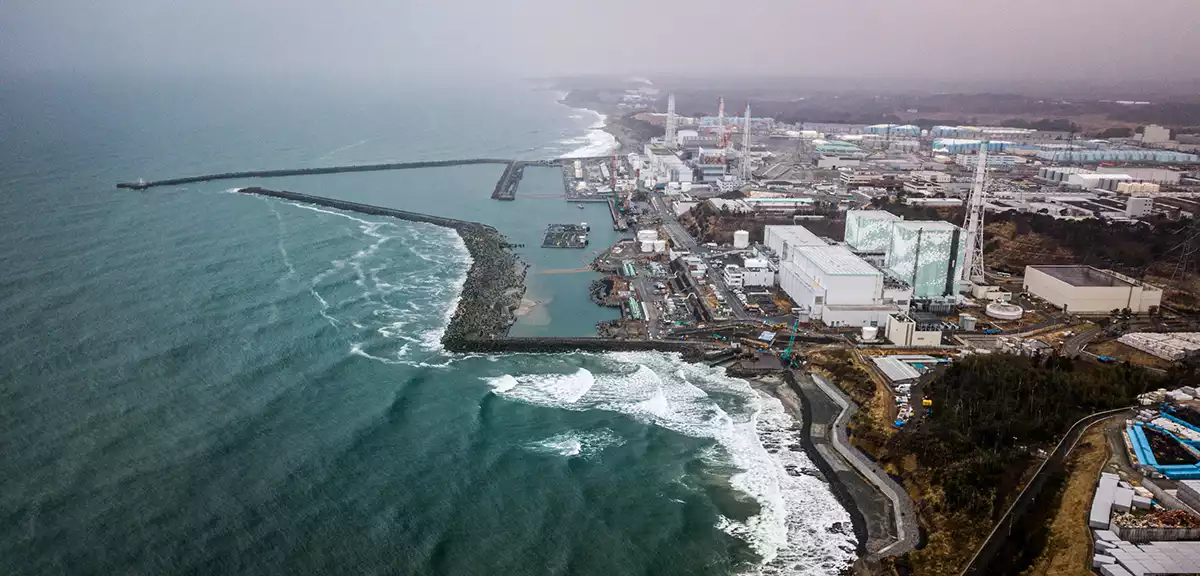

According to the World Health Organization there are approximately 7 million global deaths as a result of exposure to ambient air pollution.
The majority of these pollutants are a direct result of the combustion of fossil fuels, which are also sources of greenhouse gas emissions.
Unfortunately, WHO data demonstrates that 99% of the world’s population is regularly exposed to pollution levels above their guideline limits.
Increasing our use of nuclear energy will greatly reduce these toxins and lower air pollution related disease. From 2000 - 2009 an average of 2.6 gigatons (Gt) or billion tons of CO2 was prevented from being released in the atmosphere due to the use of nuclear power.
A study conducted in 2013 by Khareca and Hansen provided evidence that the use of nuclear power has saved 1.8 million lives by preventing the burning of fossil fuels.
Nuclear energy has been in operation since the 1950’s and there are many great scientists associated with its discovery and peaceful usage (see suggested reading). Currently, there are ~500 nuclear plants in operation or being constructed. How many nuclear related accidents have there been since the world began using nuclear energy? These accidents and associated impacts are a vital part of any conversation when comparing nuclear energy vs fossil fuel and “green” sources of energy.
The International Atomic Energy Association (IAEA) developed the International Nuclear and Radiological Event Scale (INES) in order to rate the seriousness of any accidents. The scale is logarithmic, so any step up in scale represents a ten times greater increase in severity, the scale runs from 1-7.
The following examples are a brief synopsis of the only three major accidents that have happened over 70 years from all the 667 nuclear plants that have ever operated.
The most serious accident in United States nuclear history was at the Three Mile Island nuclear station in Pennsylvania. The accident was a result of equipment failure and human error leading to a partial meltdown of the plant’s Unit 2 reactor and was labeled as INES level 5. On March 28, 1979, inadequate cooling was unable to prevent overheating and a partial meltdown released a small amount of radioactive material. Months after the accident numerous government agencies conducted thousands of environmental samples. It was determined that no adverse effects were found on the environment or posed any risk to human health.
Three Mile Island’s Unit 1 continued operation until 2019, a period of 40 years.
There were no injuries, deaths, or direct health effects as a result of the accident as noted by the Nuclear Regulatory Agency (NRC), the U.S. Department of Energy (DOE), the Environmental Protection Agency (EPA), the Department of Health and Human Services and the Commonwealth of Pennsylvania.

The Chernobyl accident took place on April 26, 1986, and was a result of a flawed reactor design (RBMK) this design is only used in Russia, with one reactor in Armenia. The insufficient design combined with serious mistakes by operators in which they deliberately violated rules, withdrew control and safety rods from the core as well as switched off some safety systems all contributed to the disaster. Once the operator realized the severity of the situation, the core was in an extremely unstable condition. Due to the way the control rods were designed they created a power surge when they were inserted. An increase in steam production led to a massive increase in pressure detaching the cover plate of the reactor. The detachment of the cover plate forced all the control rods down, ultimately leading to a steam explosion destroying reactor 4 and ejecting fission products into the atmosphere.
Two workers were killed from the explosion with 28 other workers from acute radiation syndrome. The accident was an INES level 7 and is widely considered as a worst-case scenario. 20 years after the accident (2006) the United Nations Scientific Committee on the Effects of Atomic Radiation concluded “there is no evidence of a major public health impact accountable to radiation exposure 20 years after the accident.”
Resettlement of the area has been ongoing with approximately 220,000 people moving back.

On March 11, 2011, a 15 meter (49 feet) tsunami as a result of a major earthquake (The Great East Japan Earthquake of magnitude 9.0) disabled the power supply and cooling capabilities of three Fukushima Daiichi Reactors. Eleven other reactors operating in the area were operating at the times and all shut down automatically in response to the earthquake. Backup generators were able to run the residual heat removal (RHR) at eight of the eleven units and achieved cold shutdown after four days. The other three reactors at Fukushima lost all power after the earthquake when the tsunami flooded the entire site.
Major fuel melting occurred early on all three units; the fuel remained contained with the exception of some volatile fission products vented early on in the process. The accident was rated an INES level 7, like Chernobyl, the highest level possible due to the radioactive release.
There are no deaths or cases of radiation sickness from the accident. There have been however 2,313 deaths among evacuees, and another 19,500 killed either by the earthquake or tsunami.
It’s important to put into perspective the loss of life compared to other sources of energy. In a perfect world there would be no loss of life when producing such a vital component to modern lifestyles.
Air pollution alone is responsible for approximately 7 million global deaths as a result of exposure to ambient air pollution according to the World Health Organization.
Mortality in deaths per thousand-terawatt hour demonstrates the following:
Coal - 100,000
Oil - 36,000
Natural Gas - 4,000
Hydropower - 1,400
Rooftop Solar - 440
Wind - 150
Nuclear - 90
With the passive safety systems, recyclable fuel, fuel breeding and 70 years of nuclear knowledge it’s clear the time for expanding nuclear energy is now.